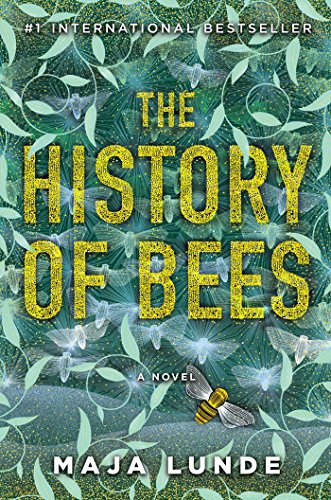The History of Bees
In 1851, Hertfordshire seed merchant William struggles to rouse from depression and revive his passion for science. His daughter, Charlotte, helps him forward with their joint love for bees. What hive design would keep the intelligent insects from swarming away? It would help farmers prosper.
Across America in 2007, commercial beekeepers like George witness a threat so new that it has no name. Long-established colonies of bees fly away overnight, leaving the vital queen, larvae, and stores of honey behind. George isn’t the only beekeeper to suspect pesticides, but organic farms are abandoning their standards lest they be crushed by agribusiness. Then George opens a hive and finds it empty of workers. And another, and another…
In 2098, Colony Collapse Disorder is old news in Sichuan. Tao is among uncounted Chinese workers who replace extinct bees, climbing into trees to paint pollen into the blossoms of pears only rich people can afford. Bees weren’t alone in collapse—first the democracies fell, and then digital networks. War and starvation followed. China, hive-like under strict governmental discipline, barely survived. Tao and her husband, Kuan, staked emotional prosperity on their three-year-old son, Wei-Wen, but he falls into a coma in the orchard where his mother works. He is snatched away by doctors and disappears.
Maja Lunde’s searing cautionary novel, The History of Bees, is both heart-rending and timely, as mankind sees climate change accelerate. Harmful toxins and practices once thought safe are constantly exposed. We aren’t threatened—yet—but trouble approaches for every inhabitant of the planet. Ms. Lunde does a terrific job of painting one possible future, yet providing hope no matter what happened in the past. Highly recommended for everyone.










